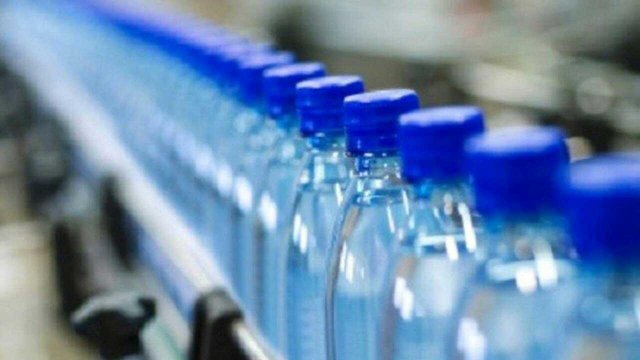
The World Health Organization (WHO) has stepped in on the results of a research report stating some of the drinking water packs of famous brands are contaminated with plastics.
WHO will investigate the research report, particularly on the impact and spread of micro plastic contaminating bottled drinking water.
Previously, Orb Media published a research report, about bottled water some famous brands are contaminated plastic.
The report instantly attracted the attention of the WHO, whose job it is to ensure the safety of food and beverage products on the market.
"When thinking of plastic compositions, we also want to know if there are toxins in them, whether it brings harmful elements, and what the particles can actually do in the body, all can not depend on a single study," said Bruce Gordon from WHO to BBC News.
"We usually apply a 'safe' boundary, but to determine the safety limits we need to understand whether the particle is indeed dangerous, for example in what concentration levels in the water the particles can be harmful," Gordon added.
Today, the issue of plastic waste is increasing and becoming a serious problem. According to the European Commission, Europe's population produces 25 million tons of plastic waste each year. It's new on the Blue Continent only. Unfortunately, only about 30 percent of the plastic waste is recycled.
Previously circulating bad news about some famous bottled water company. Water in their products that are widely marketed in nine countries, including Indonesia, are suspected of being contaminated by micro plastic during the production process.
The findings were disclosed in a research report led by micro plastic expert Sherri Mason of the State University of New York, in Fredonia. The research report was released by Orb Media, a non-profit media association based in the United States.
The researchers tested 250 bottled bottled water bottles in Brazil, China, India, Indonesia, Kenya, Lebanon, Mexico, Thailand, and the United States. The result is surprising. The researchers found plastic in nearly 93 percent of the samples used in the test.
The samples used in the test were taken from famous brands, some of which were sold in Indonesia. Smooth grains that contaminate drinking water in bottles are included in polypropylene, nylon, and polyethylene terephthalate (PET) types.
According to research, all three are commonly used to make bottled water bottles.
"In this study, 65 percent of the particles we found in the form of fragments and not fibers," said Mason, quoted from AsiaOne, Thursday, March 15, 2018.
"I think the particles are produced through a bottling process," said Mason. "At first I thought most of the plastic came from the bottle itself, but it came from the lid.
According to the research report, the concentration of plastic granules in bottled water ranges from 0 to more than 10,000 plastic particles in one bottle. On average, plastic particles in the size range of 100 microns (0.10 millimeters) are considered micro plastic.
For this case, the study found plastic at an average rate of 10.4 plastic particles per liter. Even the most common are smaller plastic particles that reach an average of 325 plastic particles per liter.
But experts say that the level of risk to human health caused by contamination is still unclear.
"It has to do with increasing certain types of cancer to decrease sperm count and increase the risk of concentration disorders, hyperactivity and autism," says Mason.
